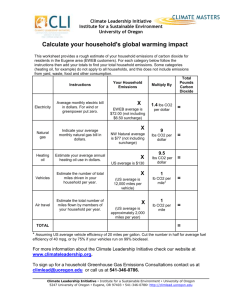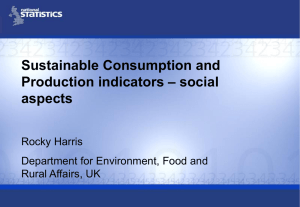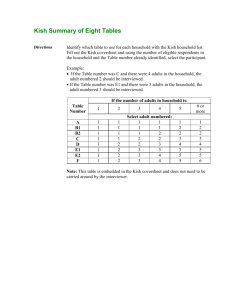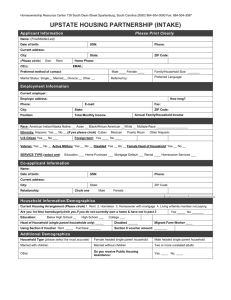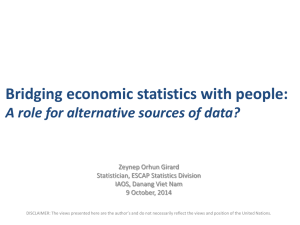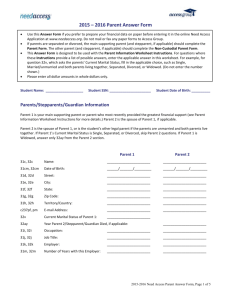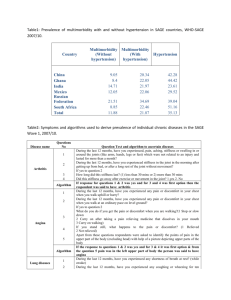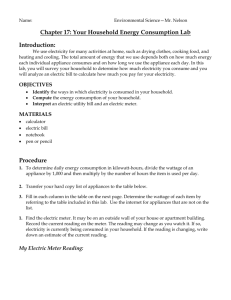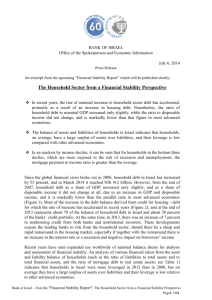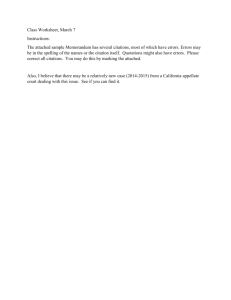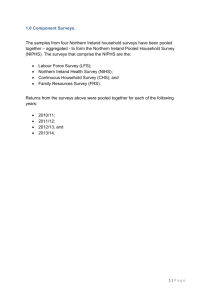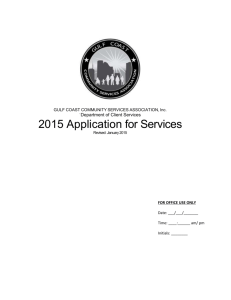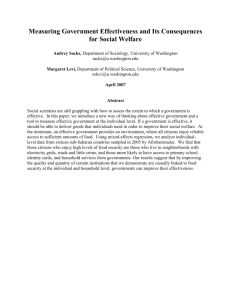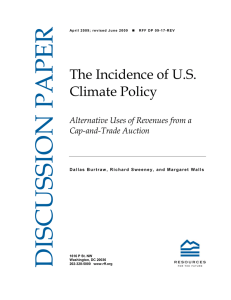CO2 and Urbanization - Cal State LA
advertisement
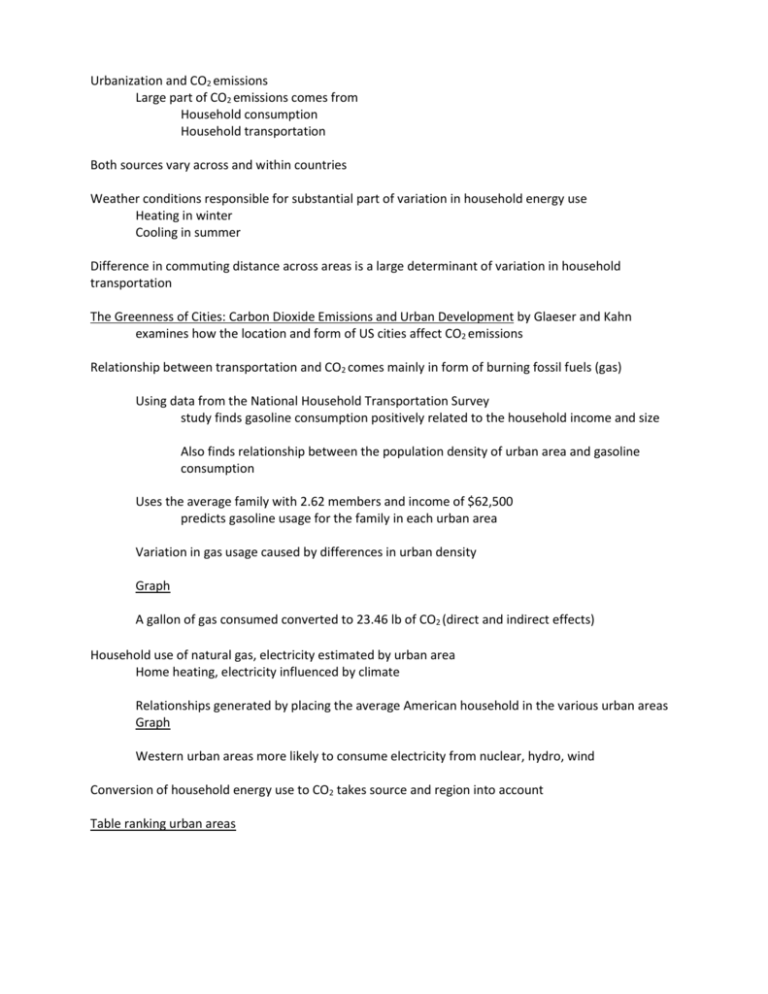
Urbanization and CO2 emissions Large part of CO2 emissions comes from Household consumption Household transportation Both sources vary across and within countries Weather conditions responsible for substantial part of variation in household energy use Heating in winter Cooling in summer Difference in commuting distance across areas is a large determinant of variation in household transportation The Greenness of Cities: Carbon Dioxide Emissions and Urban Development by Glaeser and Kahn examines how the location and form of US cities affect CO2 emissions Relationship between transportation and CO2 comes mainly in form of burning fossil fuels (gas) Using data from the National Household Transportation Survey study finds gasoline consumption positively related to the household income and size Also finds relationship between the population density of urban area and gasoline consumption Uses the average family with 2.62 members and income of $62,500 predicts gasoline usage for the family in each urban area Variation in gas usage caused by differences in urban density Graph A gallon of gas consumed converted to 23.46 lb of CO2 (direct and indirect effects) Household use of natural gas, electricity estimated by urban area Home heating, electricity influenced by climate Relationships generated by placing the average American household in the various urban areas Graph Western urban areas more likely to consume electricity from nuclear, hydro, wind Conversion of household energy use to CO2 takes source and region into account Table ranking urban areas
